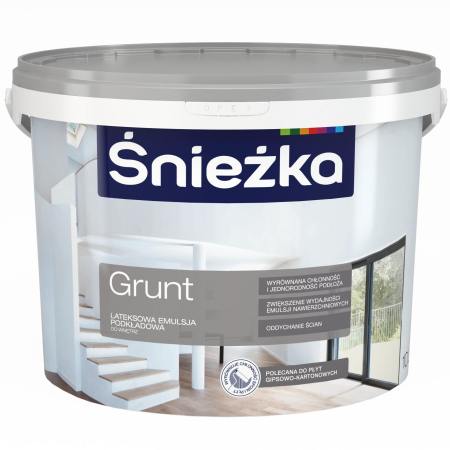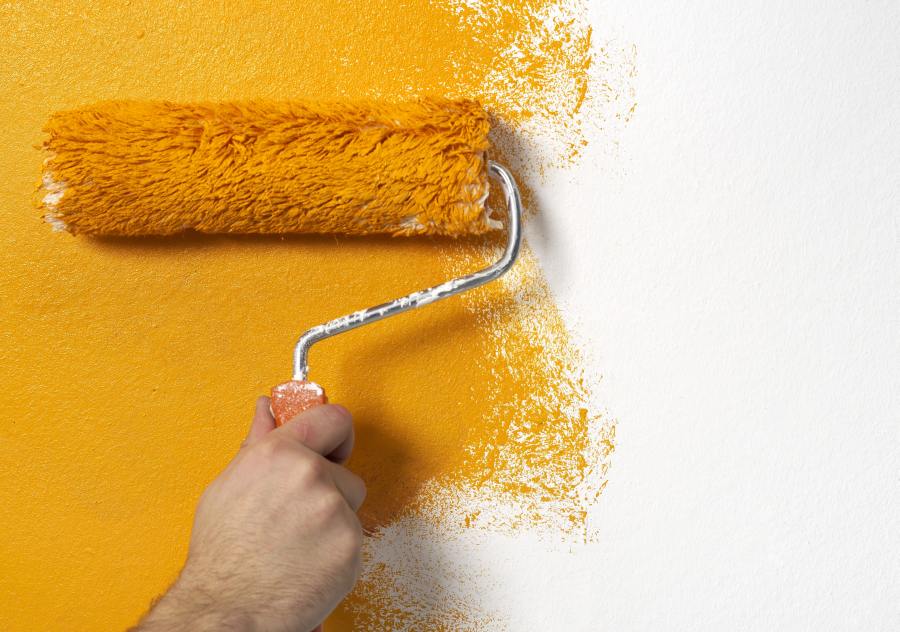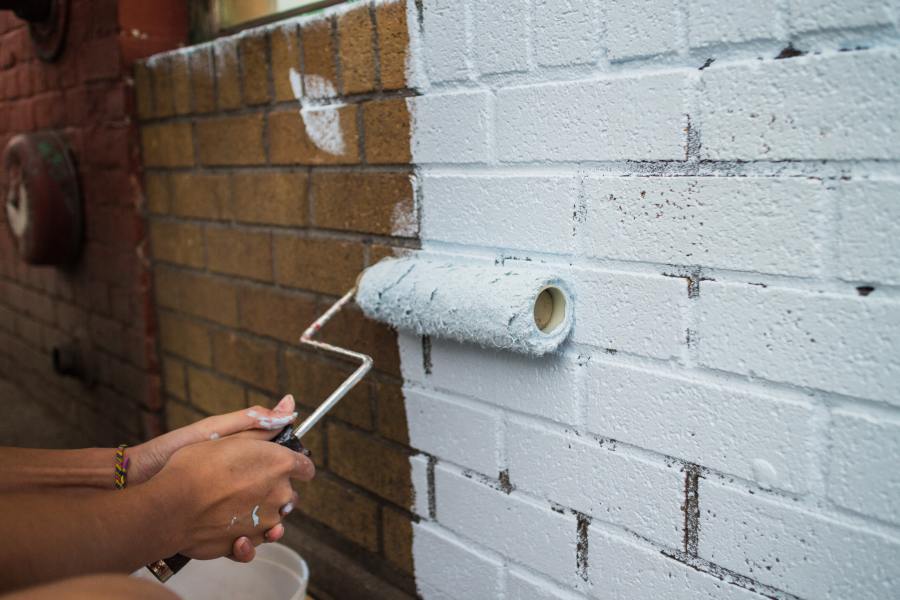Paint roller – how to paint using a roller without leaving streaks
How to paint walls using a roller without leaving streaks
1) Painting walls with a paint roller – primer is the word!
To a large extent it’s the substrate that determines whether the paint will cover the wall surface in an even, thin layer, creating a beautiful, homogeneous coating. Proper preparation entails filling gaps and applying a primer. This evens out the absorbency of the wall over its entire surface, guaranteeing correct paint application.
Special additives in the primer mean any differences in the texture and colour of the walls will be eliminated. This is particularly important if any repairs were carried out to their surfaces. Primer should be applied in a thick coat using a paint roller. This is possible due to special components contained in its formula. This agent penetrates the substrate, making it homogeneous and improving its adhesion and this improves topcoat coverage and thus significantly reduces refurbishment costs.

2) Choosing the right paint roller.
Choosing the wrong paint roller can cause streaks when painting. There are three different paint roller sleeve pile lengths, and the choice depends on the substrate to be painted. Short pile (6-10 mm) rollers are best for painting smooth walls, such as gypsum skim coats. Medium pile (13-15 mm) paint rollers are designed for painting traditional mineral plasters and textured wallpapers. Long pile (19-30 mm) tools work best on rough surfaces such as brick or concrete walls or textured plasters.

Other important factors when choosing a roller sleeve are its size and the material it is made from. There are rollers sleeves made from synthetic or natural materials – velour sleeves, woven polyester sleeves, fur sleeves or sponge sleeves. The choice should reflect the type of paint to be used. A microfibre paint roller sleeve is best for water-based paints, a woven polyester sleeve is best for latex and dispersion paints and a sponge sleeve is suitable for oil paints. Wool, acrylic and velour roller sleeves are usually used for solvent-based paints. Paint manufacturers are aware of the properties of their products and recommend tools that can best be used to apply their products, so it is best to read information on the packaging. The last parameter – the size of the paint roller sleeve – should be chosen according to the size of the substrate to be painted and user preferences. When painting large areas, it is better to choose a wide and thick roller sleeve, for smaller or more complicated areas a smaller sleeve will be better.

3) Paint roller movements.
A brand-new paint roller sleeve can shed loose fibres on the wall during painting and thus tarnish the result of our efforts. Before starting work, it is therefore a good idea to soak the roller in water and give it a hard spin. Sometimes the “dry” method is also used: wrap the new sleeve in self-adhesive tape. The point is to thoroughly remove any loose bits. When painting, dip the paint roller into the paint only to the height of the nap and press it into a grid or a tray and turn in both directions. When painting, guide the roller gently over the surface without pressing too hard.

Scoop up a similar amount of paint each time and apply it using long up-and-down strokes. Not enough paint and chaotic roller movements are some of the most common causes of paint streaks on a wall.
By taking these tips into account when painting, you can be sure that the colour of the wall you paint will be uniform and its texture flawless.

